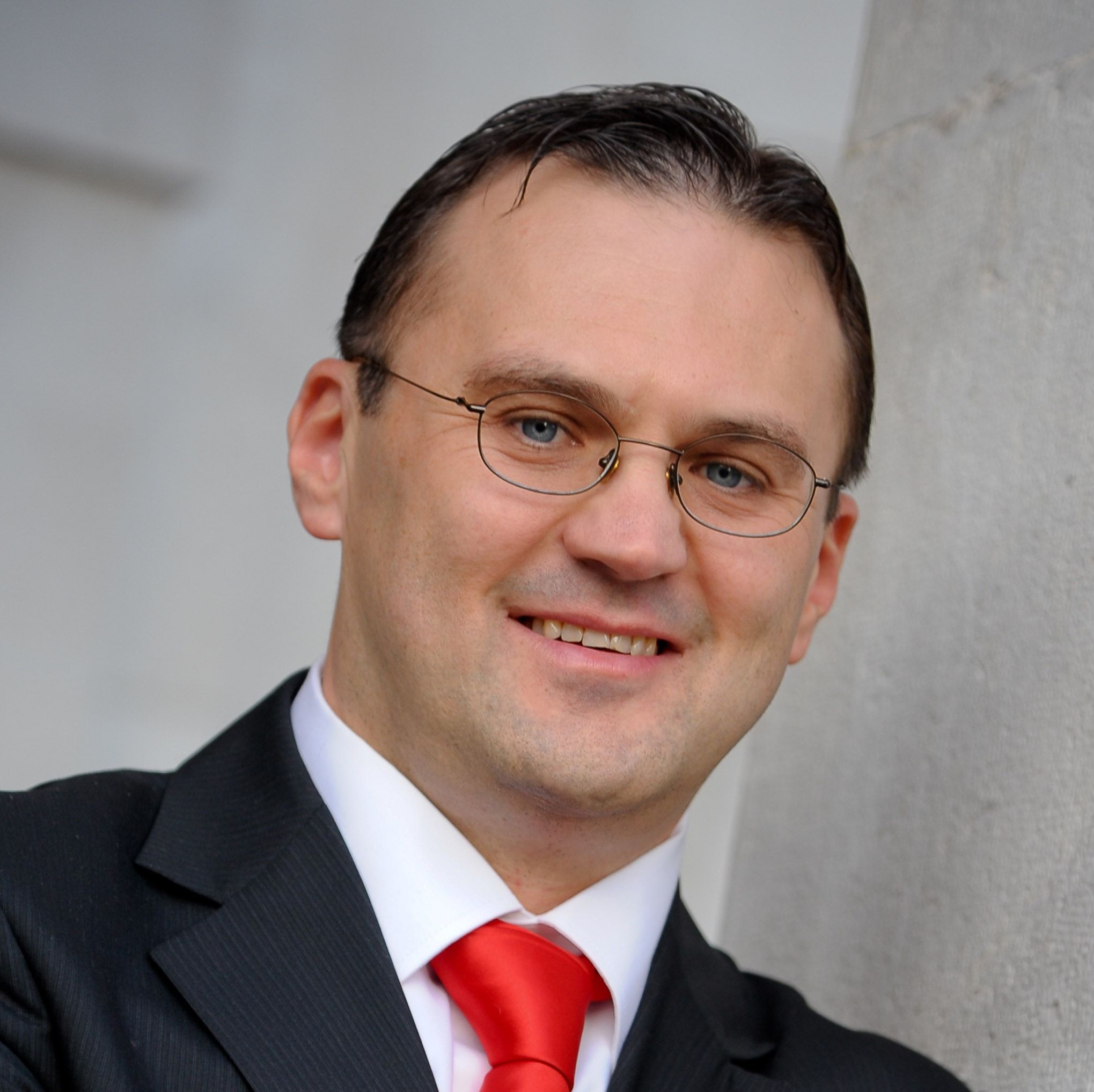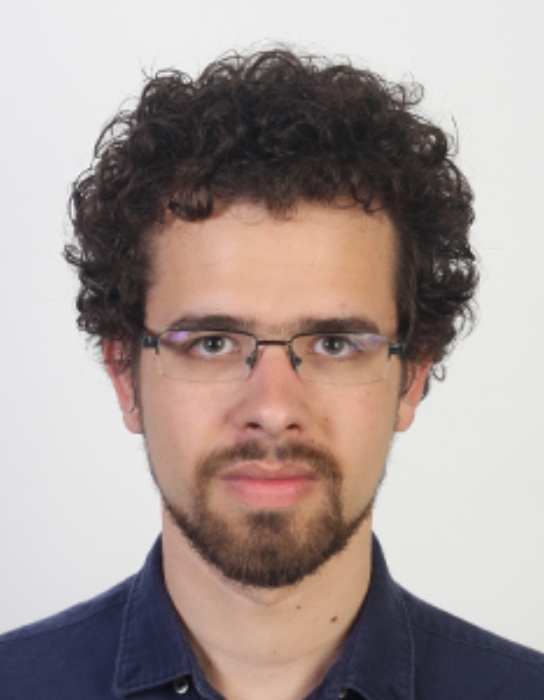Odjel za antene i širenje elektromagnetskih valova
Odjel za teoriju i primjenu mikrovalova (MTT), Odjel za antene i širenje elektromagnetskih valova (APS), Združeni odjel AES i GRS, Odjel komunikacijskih sustava HATZ te Zavod za radiokomunikacije Fakulteta elektrotehnike i računarstva pozivaju vas na predavanje:
Lens Antennas: From Classic Analyses to Recent Design Techniques
koje će održati Dr. Oscar Quevedo-Teruel docent na School of Electrical Engineering (EES)/ Electromagnetic Engineering (ETK) na Kraljevskom institutu za tehnologiju, Stockholm, Švedska, u četvrtak 12. studenog 2015. u 12:00 sati u knjižnici Zavoda za radiokomunikacije, XII kat.
Sažetak predavanja i životopis predavača nalaze se u nastavku obavijesti.
Title:
Lens Antennas: From Classic Analyses to Recent Design Techniques
Abstract:
Lenses have not commonly been used in microwave frequencies due to their large size, wavelength and bulky shapes. However, with the emergence of new applications at higher frequency bands, the use of conventional antenna technologies such as arrays and reflectors has become impossible. As with arrays and reflectors, lenses can also be employed to increase the directivity of antennas.
Conventional lenses have been the chosen technique for THz, optical transmitters and receivers. However, when speaking about high microwave frequency bands or the low band of the THz spectrum, the conventional design techniques for lenses are inadequate. In this presentation, the classical techniques for analysis and design of lens antennas will be described, including an analysis of their advantages and limitations. Afterwards, two recent promising techniques to improve the performance of classical lenses will be introduced, these being: Transformation optics and Metasurfaces.
Transformation optics are a tool that provide the mathematical link of a coordinate system of one space to any other, while retaining the same electromagnetic propagation behavior of the original. In this talk, Dr. Quevedo-Teruel will show how transformation optics can be used to manipulate the shape of conventional lenses producing ultra wide band lens antennas.
He will then move on to discuss Metasurfaces, which are thin metamaterial layers that can be employed to produce unusual reflection properties of incident plane waves, or to guide surface waves. These unusual properties can be used to create innovative antennas and microwave circuits. Their main advantage in comparison to other technologies is their low cost of manufacturing and flat profile. This makes them prospectively interesting for the next generation of high rate communication antennas, near field scanners, high frequency filters, and radio telescopes.
Biography:
Oscar Quevedo-Teruel received his M.Sc. degree in Telecommunication Engineering from Carlos III University of Madrid Spain in 2005, and went on to complete his Master of Engineering at Chalmers University of Technology in Sweden. He obtained his PhD from Carlos III University of Madrid in 2010 and was then invited into a postdoctoral research position at the University of Delft (The Netherlands). From 2010-2011, Dr. Quevedo-Teruel joined the Department of Theoretical Physics of Condensed Matter at Universidad Autonoma de Madrid as a researcher, and went on to continue his postdoctoral research at Queen Mary University of London from 2011-2013. In 2014, he joined the School of Electrical Engineering (EES)/Electromagnetic Engineering (ETK) at KTH Royal Institute of Technology in Stockholm Sweden where he is an Assistant Professor.
Dr. Quevedo-Teruel was the recipient of the Award of Excellence in 2010 from Carlos III University of Madrid. In 2010, he also received the National Award of Arquimedes for outstanding supervisory of M. Sc. Theses in Engineering and Architecture throughout Spain. Recently, in 2012, he received the prestigious Raj Mittra Junior Travel Grant.
Dr. Quevedo-Teruel has made significant scientific contribution to optimization techniques applied to electromagnetism, small antennas, reconfigurable antennas, multimode antennas for MIMO systems, leaky wave antennas, metamaterials, metasurfaces, transformation optics, high impedance surfaces, textile antennas and on-body antennas. He is the co-author of more than 37 papers in international journals, more than 70 at international conferences and has received approval on 2 patents.


